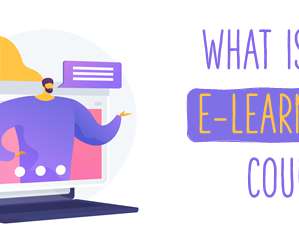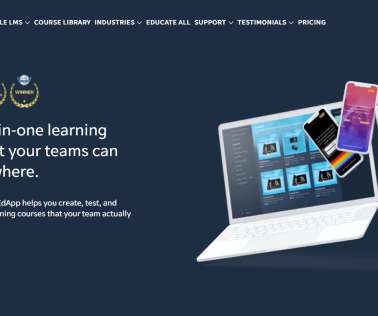Rapid Authoring – Freeform Vs Template Based
Upside Learning
MAY 18, 2010
These tools present several type of templates, each designed for some specific behavior and onscreen layout. As the behavior and layout is pre-programmed for each template, it doesn’t require programming or designing skills to develop the course content. in Flash Based eLearning Development?













































Let's personalize your content